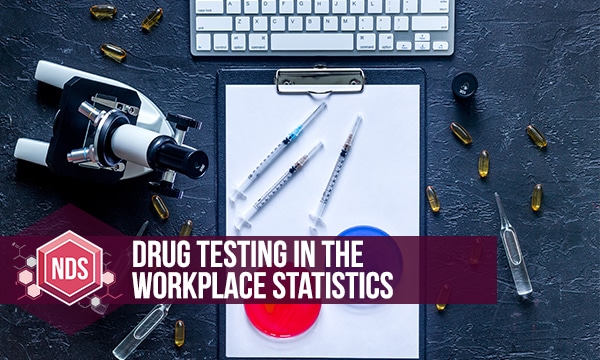There is nothing new about drug abuse. Some people use illegal substances, while others prefer prescription medications. In either case, many times, individuals wind up heading off to work in a euphoric state or using drugs on company property. According to EHS Today, the federal government, at one point, estimated that if all workers between the ages of 18 and 40 were drug tested, approximately 25-percent of the workforce would test positive. That is a substantial figure and one that business owners shouldn’t take lightly.
Drugs can have an impact on an employee’s decision making, motor function, judgment, impulse control, and reflexes. In other words, if a representative is “high” at your workplace, an accident could occur in the blink of an eye. As such, one or more parties might sustain damages. Injuries or even death may enter the picture. When it comes to the latter, Bradford Health Services reports that 10 to 20-percent of on the job fatalities test positive for alcohol or drugs.
Now, Let’s Move On To Some Drug Testing In The Workplace Statistics
Drug testing can prove to be the ideal solution for employers wishing to create a drug-free workplace. Numerous studies have been conducted that show the venture often reduces the number of accidents/injuries that companies experience. For instance, comparisons have taken place between Southern Pacific Railroad’s mishaps before and after drug testing. In the year leading up to the company implementing a program, there were 2,234 episodes. Meanwhile, that amount had dropped significantly to a mere 322 by the first half of the fourth year once the drug policy was put into effect.
An annual survey by the Substance Abuse and Mental Health Services Administration (SAMHSA) reports past year illicit drug use among people aged 12 or older for 2018 was 53.2 million or 19.4% of the US population.
Don’t Go Away Just Yet; There Are Still More Drug Testing In The Workplace Statistics To Cover
For the most part, the 5-panel drug test is the one most commonly used by employers. It checks for the regularly abused substances of cocaine, THC, PCP, amphetamines, and opiates. The last name on the list is crucial as the U.S. has been fighting the opioid epidemic for years and years now. Workers who get prescribed the medications can quickly become addicted and start abusing them. In turn, employees may overdose at home or on the job.
Either way, in one form or another, the loss will affect the organization as a whole. The Centers for Disease Control and Prevention states that of the 67,367 recorded overdoses in 2018, about 70-percent involved an opioid. With drug testing in the workplace stats like these, it is easy to see the importance behind the investigations. Employers can curb the use of drugs, help agents in making good life choices, and with any luck, save some lives along the way.







